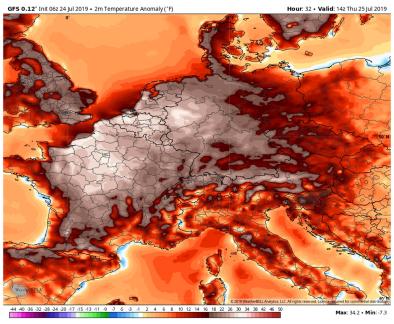Science Source
Severe Continental-Scale Impacts of Climate Change Are Happening Now: Extreme Climate Events Impact Marine Habitat Forming Communities Along 45% of Australia’s Coast
- Synthesizes information on a series of extreme climate events (ECEs) in Australia from 2011 to 2017 that led to well-documented, abrupt, and extensive mortality of key marine habitat-forming organisms – corals, kelps, seagrasses, and mangroves – along >45% of the continental coastline of Australia
- Finds that:
- Coral bleaching occurred across much of northern Australia due to marine heatwaves (MHWs) affecting different regions in 2011, 2013, 2016, and 2017, while seagrass was impacted by anomalously high rainfall events in 2011 on both east and west tropical coasts
- A MHW off western Australia (WA) during the 2011 La Niña extended into temperate and subtropical regions, causing widespread mortality of kelp forests and seagrass communities at their northern distribution limits
- Mangrove forests experienced high mortality during the 2016 El Niño across coastal areas of northern and north-WA due to severe water stress driven by drought and anomalously low mean sea levels
- States that this series of ECEs reflects a variety of different events – MHWs, intense rainfall from tropical storms, and drought
- States that MHWs have increased around Australia and globally and global climate models indicate that such MHWs are orders of magnitude more likely as a result of anthropogenic climate change
- Finds that their repeated occurrence and wide extent are consistent with projections of increased frequency and intensity of ECEs and have broad implications elsewhere because similar trends are predicted globally
- Concludes that the unprecedented and widespread nature of these ECE impacts has likely produced substantial ecosystem-wide repercussions
Related Content
Headline

Jul 29, 2019 | The New York Times
As Extreme Heat Becomes New Normal in Europe, Governments Scramble to Respond
Headline

Jul 29, 2019 | The Weather Channel
Europe Swelters Under Second Heat Wave of Summer; Twenty Children Fall Ill in Netherlands
Headline

Jul 26, 2019 | Washington Post
Heat wave smashes temperature records across Europe
Headline

Jul 25, 2019 | Washington Post
In Europe, a historic heat wave is shattering records with astonishing ease, may hasten Arctic melt


